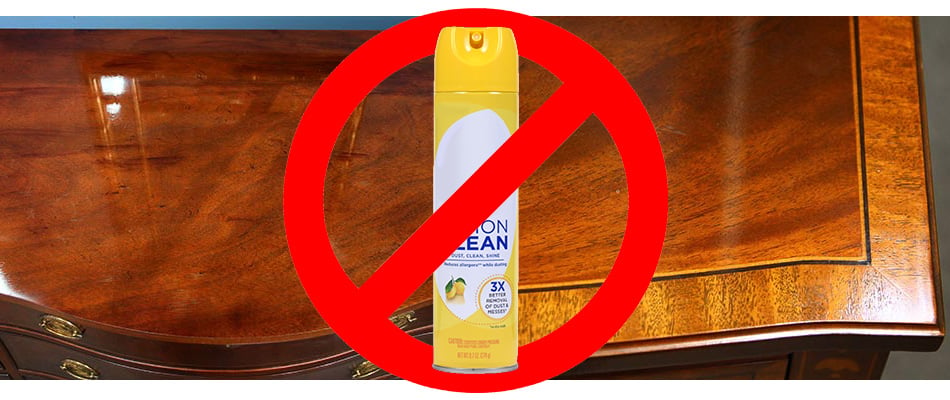
“Hmmmm,” our furniture repairman said with a frown as he studied the surface of a mahogany dining table in our showroom. “There’s a lot of gunk here. I just wish more people knew how to take care of their furniture.”
Our repairman is an expert at restoring furniture. Scratches and stains vanish under his careful attention, and he usually succeeds in bringing back the gleam that a piece had when it was fresh from the woodworker’s bench. Not every piece is worth the cost of his time and expertise, but some are. His TLC is good for the furniture and good for the consignor who typically gets a higher price for their piece.
Fine furniture deserves careful maintenance. Keep yours looking its best with these tips from our expert:
Quality furniture is carefully finished at the factory. Skilled woodworkers put down layer upon layer of a vibrant protective finish in a multi-step process. You don’t need any additional protection or moisturizer to preserve your furniture.
These finishes are flexible. Wood expands and contracts in your home as humidity levels rise and fall throughout the seasons. Factory finishes are designed to stretch and compress with the wood. Of course, you don’t want your furniture baking in direct sunlight over a prolonged period. Closing the blinds or regularly rotating pieces when possible will delay the breakdown of these finishes over time.
Vigorous dusting can scratch your furniture. Dust acts like sandpaper when it is rubbed into a finish. So don’t let dust build up. Scratches typically don’t penetrate beyond the surface into the wood, so most can be buffed out. But this is best left to professionals who have the know-how and the equipment. Buffing typically strips off the top layer of finish. Once that layer is removed, your table will look like new again.
Our repairman has a pet peeve, though: Pledge.
Yes, Pledge, that ubiquitous yellow can of lemony spray beloved by homeowners since the 1950s. Pledge claims to be an oil that moisturizes, cleans and protects, and, to be sure, it does lay down a pretty decent shine for a few days.
So what’s the problem? For one, it doesn’t protect your furniture. The factory took care of that. Pledge imparts a temporary shine, but it also leaves an oily residue that shows fingerprints and attracts dust. Should your furniture get scratched, your repairman will have to remove that gunk before he can get to work.
Which is why our repairman was grumbling as he surveyed that tabletop. “I’ve got to wash this goo off with mineral oil,” he said, grimly staring at a dark, sticky film. “What a mess!”
So toss that yellow can from your cleaning-supply closet. To clean your furniture, simply dampen a clean soft cloth with water. Using circular strokes, wipe the piece down. You’ll preserve your furniture – and your wallet will thank you, too.

